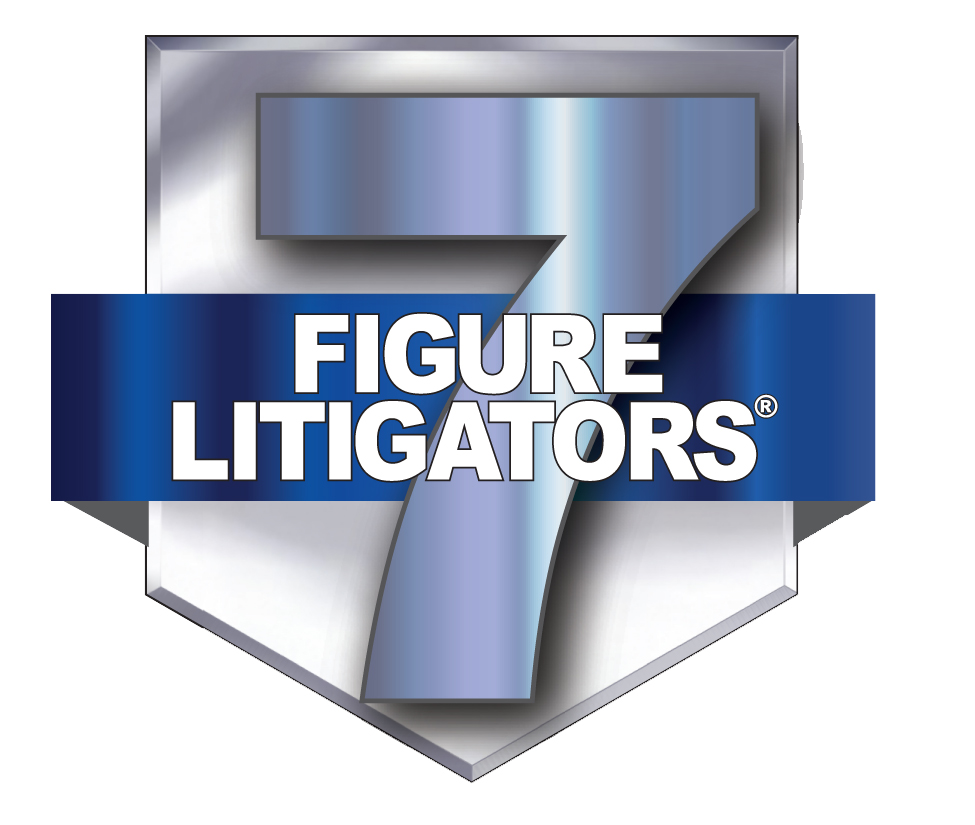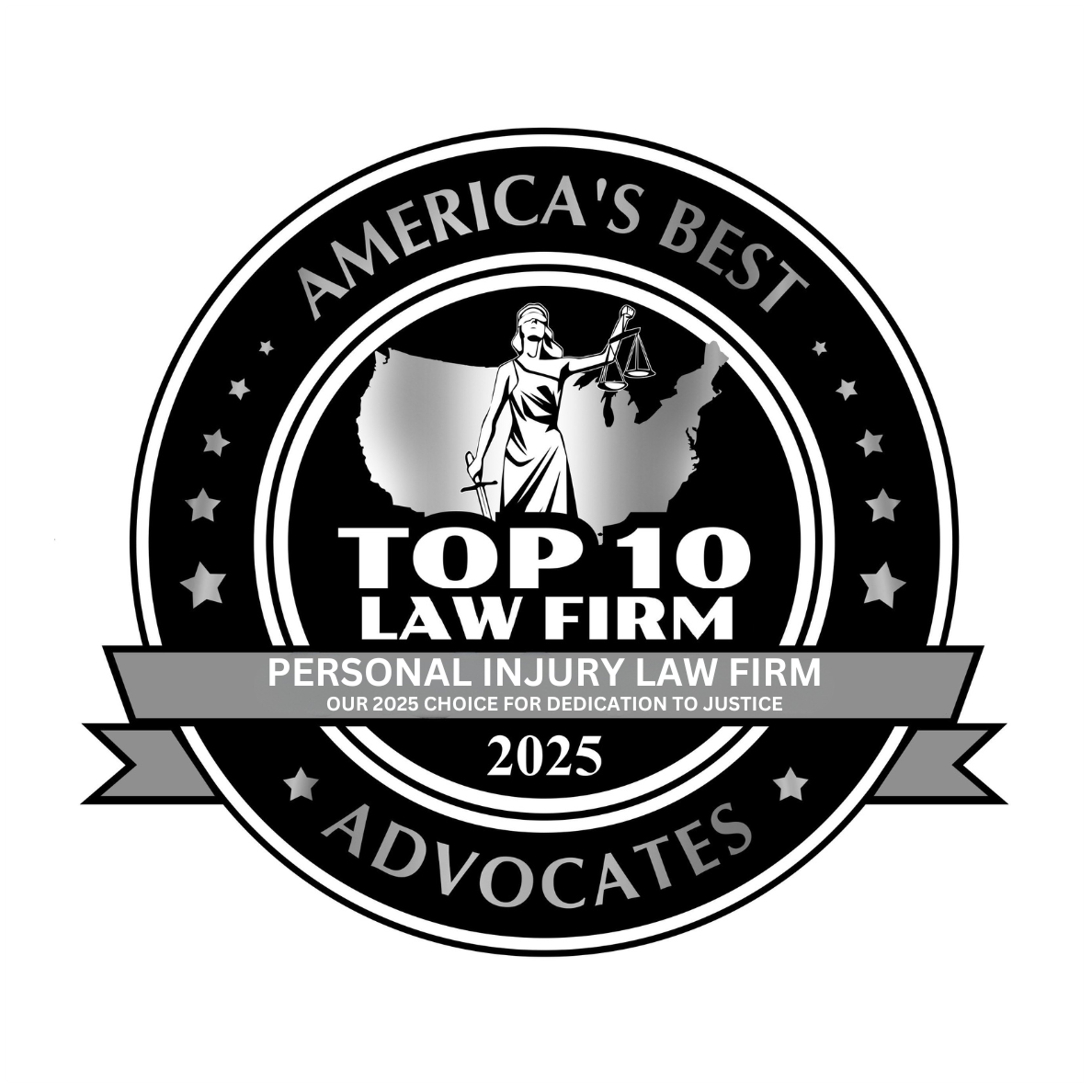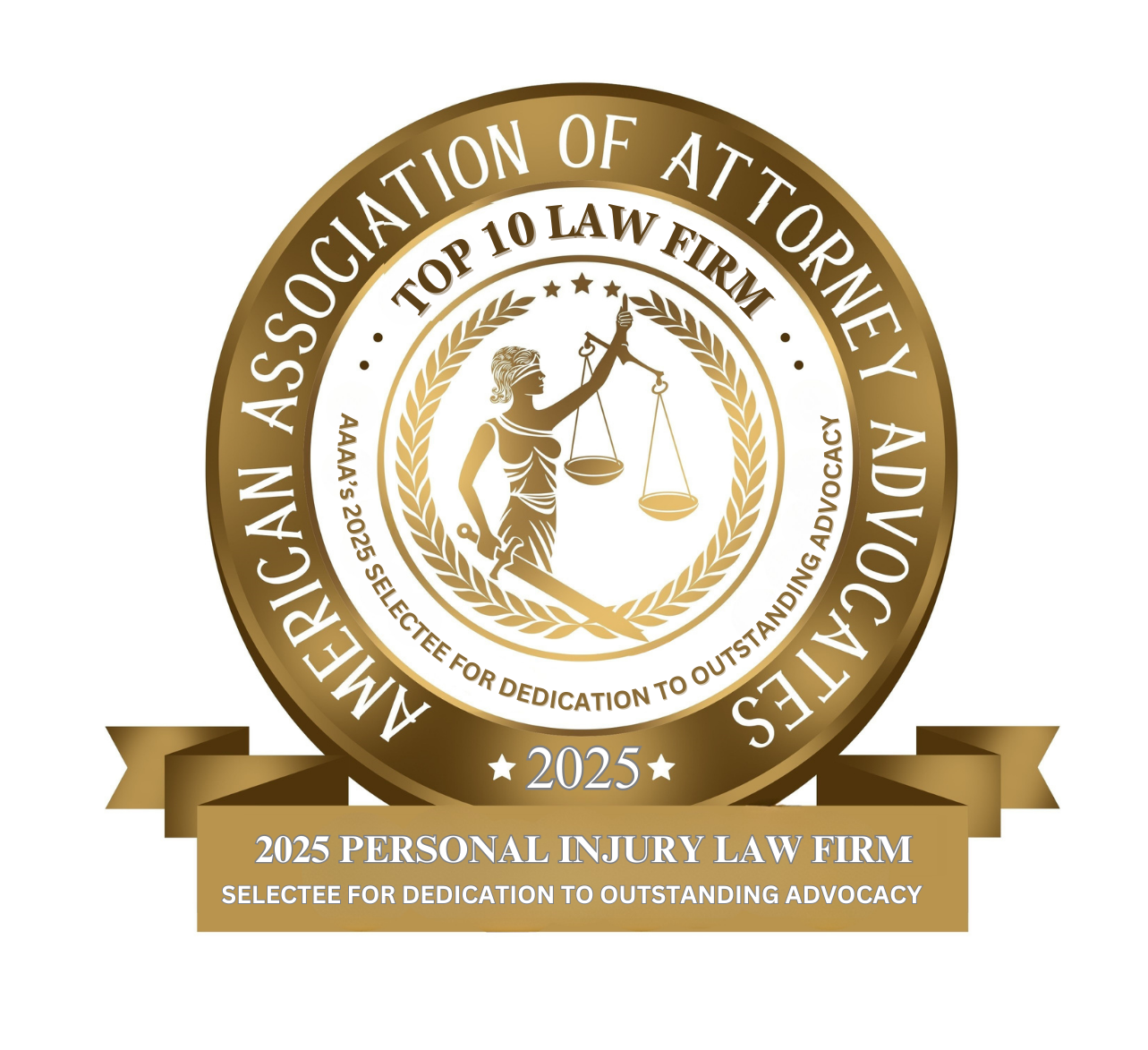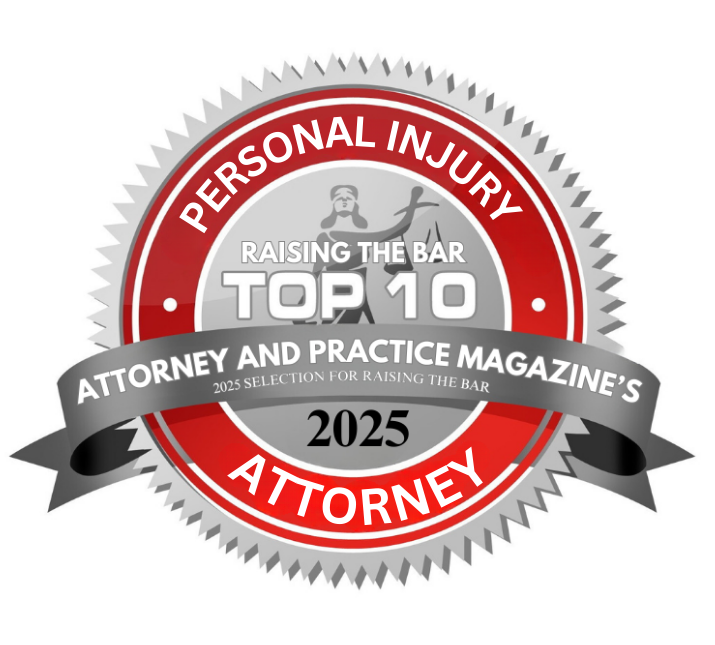- Free Consultation: (630) 527-4177 Tap Here to Call Us
The Top 5 Types of Pedestrian Accidents
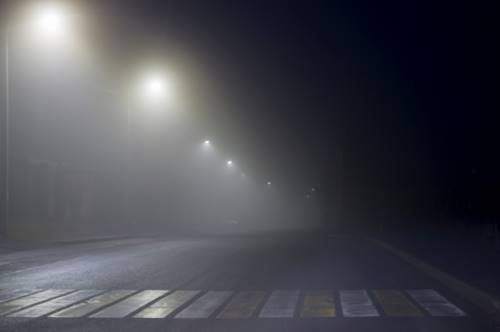
Pedestrian accidents remain one of the most serious and persistent traffic safety issues in the United States. Despite advances in road design and vehicle technology, pedestrian deaths have reached their highest levels in decades. In 2023, there were 7,314 pedestrian fatalities nationwide, the highest number since 1981, and an estimated 68,000 pedestrian injuries. That means, on average, a pedestrian is killed every 72 minutes and injured every 8 minutes in the U.S.
At John J. Malm & Associates, our top-rated Illinois pedestrian accident attorneys have seen firsthand the devastating impact of pedestrian crashes on victims and their families. Whether it’s a driver running a red light, failing to yield at a crosswalk, or backing out of a parking space without looking, these preventable accidents often result in catastrophic or fatal injuries. Understanding how pedestrian crashes happen, and what to do if you’re struck, is critical to protecting your health, safety, and legal rights.
Key Pedestrian Crash Statistics and Trends
Understanding the broader context of pedestrian accidents highlights just how widespread and serious this issue has become:
- Pedestrian fatalities increased 57% between 2009 and 2022, even as overall traffic deaths rose just 25%.
- Most deaths occur on urban arterials, often where sidewalks and safe crossings are missing.
- Illinois ranks among the top half of U.S. states for pedestrian fatalities, with 195 pedestrian deaths reported in 2023, a concerning upward trend compared to previous years.
- The majority of victims are hit by the front of a vehicle, emphasizing the importance of better vehicle design and pedestrian detection systems.
The Top 5 Types of Pedestrian Accidents
1. Pedestrian Crossing While Vehicle Travels Straight
The most common type of pedestrian crash occurs when a pedestrian is crossing the street, either at a crosswalk or midblock, and a vehicle continues straight through, striking them. National Highway Traffic Safety Administration (NHTSA) data show that nearly 40% of fatal pedestrian crashes occur in this scenario.
Common causes include:
- Drivers failing to yield to pedestrians in marked crosswalks
- Speeding or distracted driving
- Poor roadway design that encourages midblock crossings
- Insufficient crosswalk visibility or signage
Prevention strategies:
- Install more marked crosswalks and pedestrian refuge islands
- Add pedestrian-activated signals
- Enforce speed limits and yield laws
- Use vehicle technologies like pedestrian automatic emergency braking
2. Turning Vehicle Collisions at Intersections
Turning crashes, especially left-turn accidents, are another leading cause of pedestrian injuries and fatalities. The Insurance Institute for Highway Safety (IIHS) found that SUVs and pickups are significantly more likely than smaller cars to strike pedestrians while turning left, largely due to higher hoods and larger blind spots.
Typical causes:
- Drivers looking for oncoming traffic instead of pedestrians
- Confusing signal phases or lack of protected turn lights
- Larger vehicles with poor visibility
Safety improvements:
- Add protected turn phases and pedestrian-exclusive signals
- Educate drivers on pedestrian right-of-way laws
3. Walking Along the Roadway
Pedestrians walking along the edge of the roadway, often where no sidewalks exist, face a significant risk, especially on high-speed rural or suburban roads. According to the Governors Highway Safety Association (GHSA), more than 70% of pedestrian fatalities occur away from intersections, frequently on arterial roads with high traffic speeds.
Why it happens:

- Lack of sidewalks or pedestrian paths
- Nighttime conditions and low visibility
- Higher vehicle speeds and driver inattention
Prevention tips:
- Install sidewalks and wide shoulders
- Improve lighting in areas with foot traffic
- Reduce speed limits in pedestrian zones
4. Backing or Parking Lot Accidents
Backing collisions are especially common in driveways, parking lots, and private property areas. Children and older adults are most at risk. Even with modern backup cameras, drivers may fail to see pedestrians moving behind or near a vehicle.
Common contributing factors:
- Poor visibility due to vehicle blind spots
- Distracted or hurried drivers
- Inadequate signage or parking lot lighting
Prevention:
- Always check mirrors and surroundings before reversing
- Walk behind parked cars cautiously and assume the driver can’t see you
- Property owners should ensure parking lots have clear lines of sight and adequate lighting
5. Nighttime and Low-Visibility Collisions
The majority of pedestrian fatalities, nearly 77%, according to NHTSA, occur at night. Lack of street lighting, dark clothing, and reduced driver reaction time all increase the likelihood of a crash.
Contributing factors:
- Drivers failing to slow down in dark areas
- Poor or nonexistent street lighting
- Pedestrians not visible to drivers until it’s too late
Safety tips:
- Drivers should use high beams when appropriate and remain alert in low-light conditions
- Pedestrians should wear reflective gear or carry a light source at night
- Municipalities should install better lighting in areas with pedestrian traffic
What Pedestrians Should Do After Being Struck by a Vehicle
Being hit by a car is traumatic and confusing. In the moments after a crash, victims often feel disoriented or in shock. Knowing what steps to take can make a major difference in both medical recovery and the success of a personal injury claim.
Here’s what to do immediately after being struck:
1. Move to Safety (If Possible)
If you can move without worsening your injuries, get out of the roadway to avoid secondary collisions. If you’re seriously hurt, stay still and wait for medical help.
2. Call 911
Always report the accident. Request police and medical assistance. The responding officer will file a police report, which serves as a critical piece of evidence for your claim.
3. Get Medical Attention
Even if your injuries seem minor, see a doctor immediately. Adrenaline can mask symptoms of serious trauma such as concussions, internal bleeding, or fractures. Document all medical evaluations and treatment.
4. Gather Information
If you’re able, collect:
- The driver’s name, license, insurance, and plate number
- Contact info for witnesses
- Photos of the scene, your injuries, and vehicle damage
- Any nearby surveillance cameras that might have recorded the crash
5. Do Not Admit Fault or Negotiate with Insurance Alone
Insurance adjusters often contact victims quickly to minimize payouts. Avoid giving recorded statements or signing anything until you’ve spoken with an attorney.
6. Contact an Experienced Illinois Pedestrian Accident Lawyer
A skilled Illinois pedestrian injury attorney can:
- Investigate fault and gather critical evidence
- Handle all communication with insurance companies
- Coordinate medical care and document damages
- Pursue full compensation for medical bills, lost wages, and pain and suffering
As attorney John J. Malm explains: “Pedestrian crashes are often preventable. Investigating exactly how a collision happened, from driver visibility to roadway design, can make the difference between a missed claim and full recovery for an injured victim.”
Frequently Asked Questions About Pedestrian Accidents
Q: How long do I have to file a pedestrian accident claim in Illinois?
A: In most cases, the statute of limitations for personal injury claims in Illinois is two years from the date of the accident. However, claims involving government entities (like city crosswalks or municipal vehicles) may have shorter deadlines.
Q: Can I recover compensation if I was partially at fault?
A: Yes. Illinois follows a modified comparative negligence rule. You can still recover damages if you were less than 50% at fault, though your compensation will be reduced by your percentage of fault.
Q: What if the driver fled the scene?
A: Hit-and-run victims can often seek compensation through their own uninsured motorist (UM) coverage. An attorney can help file a UM claim and coordinate with law enforcement.
Q: What types of damages can I recover?
A: Victims may be entitled to compensation for:
- Medical bills and rehabilitation
- Lost income and future earning capacity
- Pain and suffering
- Emotional distress
- Disfigurement or disability
John J. Malm & Associates: Standing Up for Pedestrian Safety and Your Rights
Pedestrian accidents are not “accidents” in the traditional sense, they are often the result of negligent drivers, unsafe road design, or inadequate visibility. Victims deserve justice and full financial recovery for the harm they’ve suffered.
At John J. Malm & Associates, our Illinois pedestrian accident attorneys have decades of experience representing victims and families throughout DuPage County, Kane County, Will County, and across the Chicago area. We have successfully recovered millions of dollars in compensation for clients injured in crosswalks, intersections, and parking lots due to careless or distracted drivers.
If you or a loved one has been struck by a vehicle, don’t wait. Evidence can disappear quickly, and insurance companies move fast to protect their own interests. Contact John J. Malm & Associates today for a free consultation. We will review your case, explain your rights, and fight to ensure that you receive the justice and compensation you deserve.







